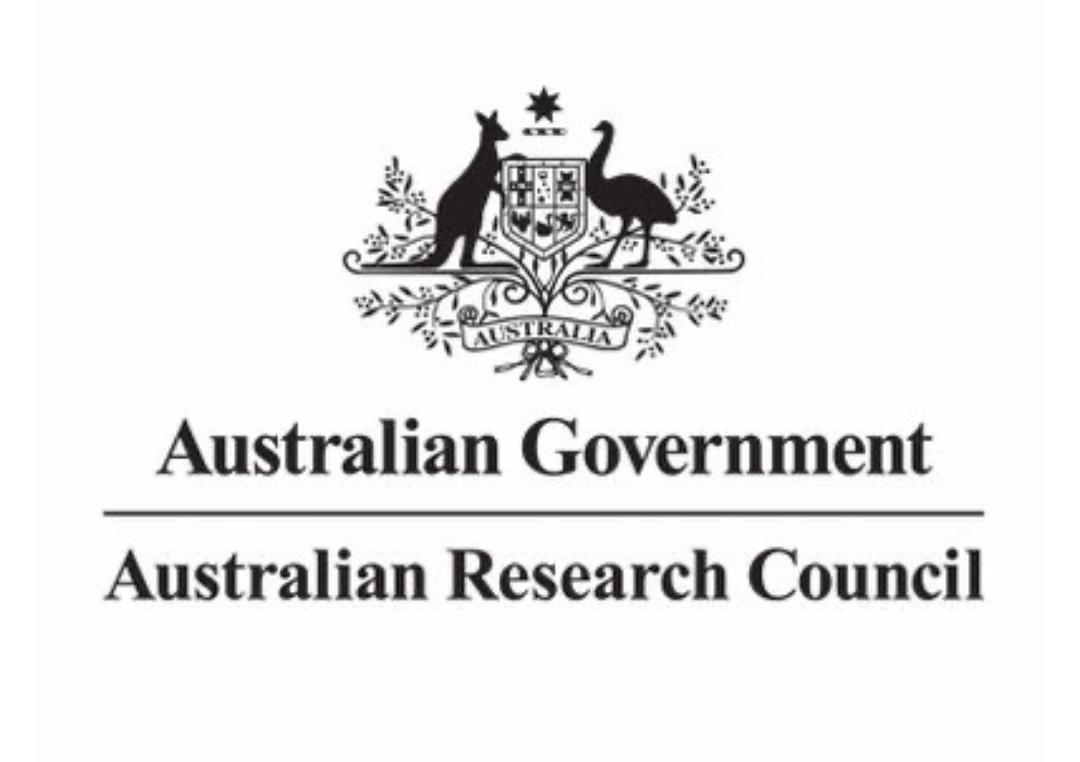Diversity of gingers at Serudong, Sabah, Malaysia
DOI:
https://doi.org/10.51200/jtbc.v4i.95Keywords:
Gingers, species composition, BorneoAbstract
The species richness and abundance of the Zingiberaceae (hereafter gingers) were studied in five study plots in Serudong and in one study plot in an adjacent area. The study plots were in undisturbed upland kerangas forest (mossy kerangas forest), one in an undisturbed lower montane-kerangas forest, one in disturbed upland mixed dipterocarp forest, and three in upland mixed dipterocarp-kerangas forest (disturbed, partially disturbed and undisturbed, respectively). Thirty-nine species were documented from the general area; eight of which were found outside the plots. Eightyone percents of the species were recorded from the disturbed forest plots. None of the species were recorded from the undisturbed upland kerangas and lower montanekerangas forest plots. Species richness averaged 11 species per hectare. The index of diversity of gingers for the study area was estimated to be 2.0 (Shannon diversity index, H’) and it was highest in the disturbed upland mixed dipterocarp forest plot. At the scale of this study, the diversity of gingers in Serudong is found to be lower than that of many other forest reserves in Sabah. The most novel collection was Geostachys, a genus that was documented in Sabah only recently. This finding was the second for a species of this genus in Sabah.Downloads
How to Cite
Gobilik, J. (2016). Diversity of gingers at Serudong, Sabah, Malaysia. Journal of Tropical Biology & Conservation (JTBC), 4. https://doi.org/10.51200/jtbc.v4i.95
Issue
Section
Articles
License
BY: credit must be given to the creator.
NC: Only noncommercial uses of the work are permitted.
This journal provides open access to its content under CC BY-NC 4.0 on the principle that making research freely available to the public supports greater international collaboration and information exchange.












